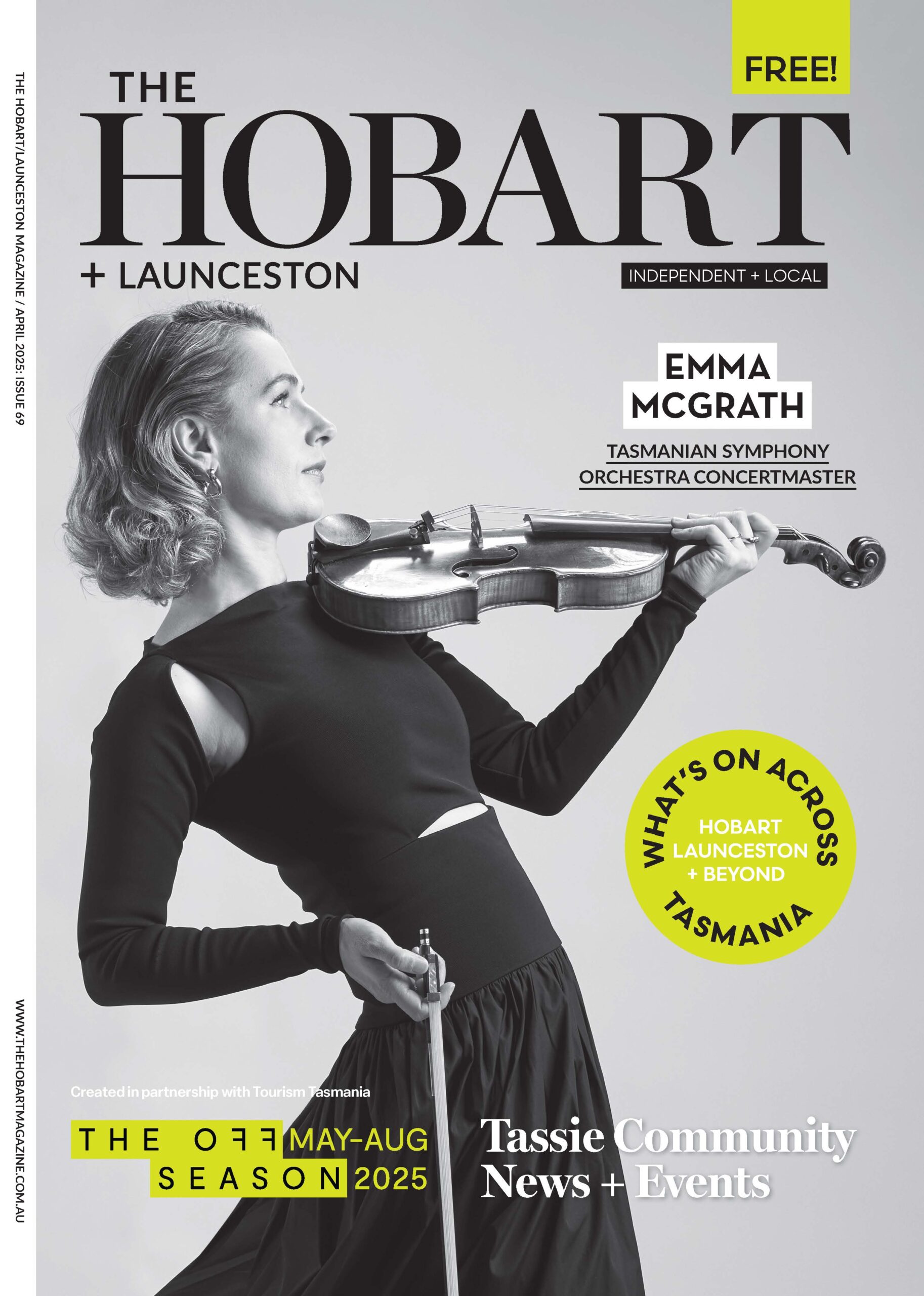Fear Stories
by Annia Baron

He didn’t pack much. It was only a short hike. Two burritos, some chocolate, and a few bottles of water. But caught under the weight of a 350kg boulder that had dislodged and trapped him for 5 days, the flesh of his right arm began to rot. Oscillating between delirium and death, Aron Ralston recorded goodbye videos to his family and friends and carved his name on the sandstone wall of the canyon.
In a heightened emotional state, he realized the only possibility of survival was to cut off his own arm. He crafted a tourniquet, reached for the dull blade in his bag, and began the unimaginable. It took over an hour. Bloody and disorientated, Aron then walked more than 9km before being spotted by a family camping who rushed to his aid. He lost 18kg and 25% of his blood.
When the brain receives sensory information signaling any sort of danger, the thalamus is the first in charge. From here, there are two parallel pathways for fear. The ‘short’ thalamo-amygdala route provides a rough evaluation of the situation. This passage activates the amygdala which generates an emotional response before any perceptual integration occurs; a reaction is produced sooner than the mind can form a complete representation of the scenario. Subsequently the messages travel on the ‘longer’ thalamo-cortico-amygdala path and are processed by the cortex, which then tells the amygdala whether the stimulus is a real threat or not. This wonderful mechanism of our brain steers us towards safety and survival.
But there’s something scary happening with our fear pathways. As the world continues to modernise, our brain is finding it challenging to adjust to the many psychological threats we perceive. Most days, our head is filled with fear. Fear of not being in control. Fear of change. Fear of what the future holds. Of not being good enough and of what others think. We fear quitting a job we don’t like, even though we know it would create opportunities to find a new one that we could love. We fear the idea of being on our own, so we choose to stay in relationships that disempower us. We fear displeasing others, so we don’t speak our mind and in turn, end up hurting ourselves. We continue with the same narratives about fear without realizing that fear is like a magnet: the more we try to avoid it, the more prone we are to be fearful. The paradox is that the very things we think we fear end up being the things we most need to free ourselves from the chains of unhelpful patterns.
The wiser we grow, the better we understand that facing your fear is the key to unlocking the life you truly desire. Each time you make a decision that honours what you need to do, you physically rewire the way your short and long fear pathways activate. Your mind learns it can rise beyond the imagined fear, and forges a more effective and efficient route, propelling you into your most courageous self – the version of you that is free from unnecessary fear and receptive to joy, kindness, and equanimity.
Ask yourself:
- What am I avoiding in my life?
- What is it that I’m afraid of? What narratives do I have about that?
- If I were to learn that I don’t have much time left, would I regret letting this fear stifle me?
Consider breaking your fear down into manageable steps. What are some small actions you could take that lead you in the right direction? For example, if you say “no” to most invitations because you get anxious in social situations, could you start by practicing calming tools to empower yourself in better managing stress? If you find yourself worrying a lot about money, could you lean into your concerns by doing an honest audit of your spending habits? If you’ve been avoiding the dentist for a while, could you consider making a future appointment and, in the meantime, simply commit to a more regular flossing routine? Have you been telling yourself you’re not good at committing to things? Perhaps a 2 minute-mindfulness app each day could be the way to start.
Choosing to face our fears starts with embracing the discomfort we may feel along the way. But all the experiences that enable us to become our best Self deserve energy and time. No matter how big or small our fears are, by facing them, we learn to embrace them. We see them for what they are – a shifting story that we get to narrate.
Aron Ralston did what many of us would deem unthinkable. But despite his horrific ordeal, he reprogramed his fear pathway by changing the narrative, “I did not lose my arm,” he said, “but gained my life back.”
Annia Baron is a Clinical Psychologist and Mindset Coach. Want to learn more about mindset tools to create a life you desire and deserve? Get in touch on Instagram @anniabaron or visit www.remindyourself.com.
Do you or someone you know love peanut butter? Arachibutyrophobia is the specific fear of peanut butter sticking to the roof of your mouth. The word comes from ‘arachi’ which means legume plants such as peanuts and ‘butyr’ which relates to butter. People with this rare phobia understand that the focus of their fear is irrational and presents no real danger but find it difficult to control their irrational thoughts.

